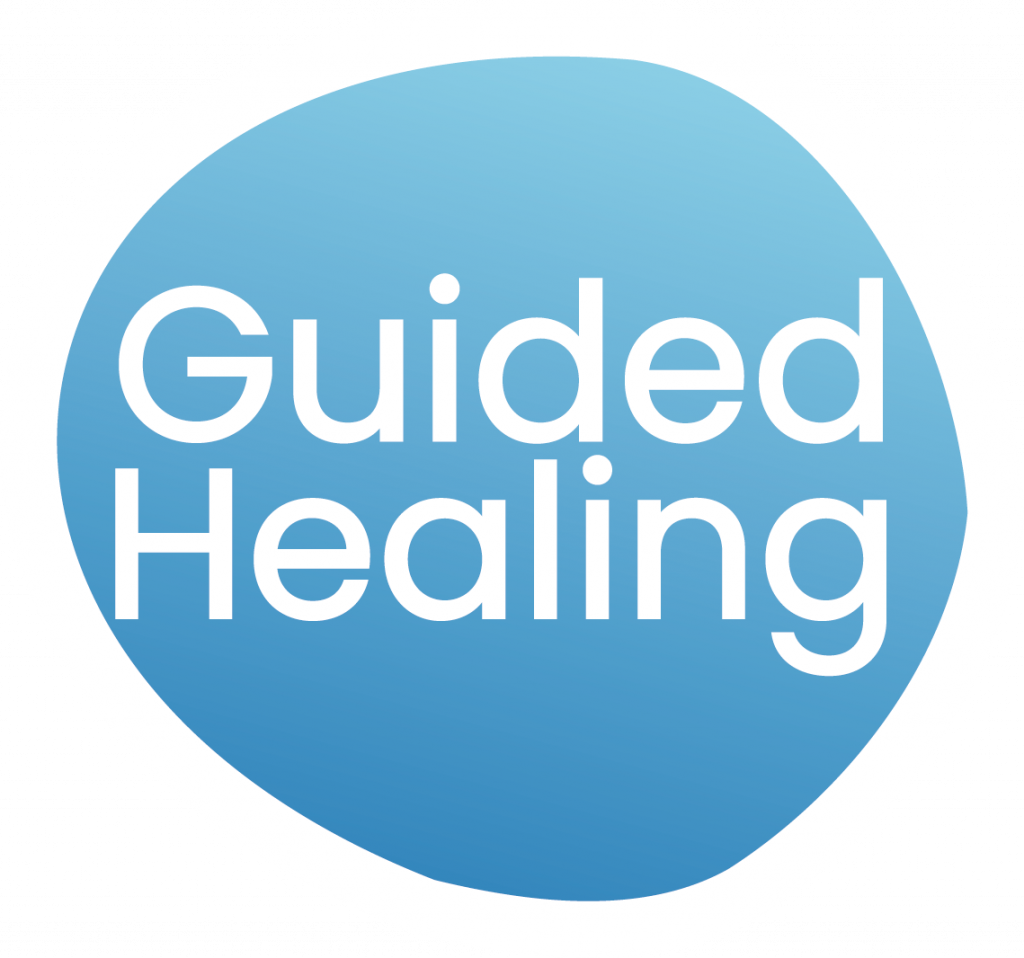Complex Post-Traumatic Stress Disorder (CPTSD) is a mental health condition that can have a profound impact on an individual’s well-being and quality of life. It is a disorder that develops as a result of experiencing prolonged and repeated trauma, often during childhood. CPTSD can affect various aspects of a person’s life, including their emotional regulation, self-perception, and ability to form and maintain healthy relationships. In this article, we will explore the causes and risk factors of CPTSD, the role of childhood experiences in its development, and the impact it has on individuals’ mental health.
Summary
- CPTSD is a complex form of PTSD that can develop from prolonged trauma and abuse.
- Childhood experiences, including emotional neglect and abuse, can contribute to the development of CPTSD.
- CPTSD differs from traditional PTSD in that it includes symptoms related to emotional regulation and interpersonal relationships.
- Common symptoms of CPTSD in adults include hypervigilance, dissociation, and difficulty forming close relationships.
- Childhood emotional neglect can have a significant impact on the development of CPTSD.
- Childhood abuse, including physical, sexual, and emotional abuse, is strongly linked to the development of CPTSD.
- CPTSD can affect relationships and social interaction, leading to difficulties in forming and maintaining close connections.
- Recognising the signs of CPTSD in children and adolescents is crucial for early intervention and treatment.
- Early intervention is essential for CPTSD recovery, and seeking professional help is crucial for effective treatment.
Understanding Complex Post-Traumatic Stress Disorder (CPTSD)
CPTSD is a psychological condition that arises from experiencing chronic trauma over an extended period of time. It is often associated with childhood abuse, neglect, or other adverse experiences. Unlike traditional Post-Traumatic Stress Disorder (PTSD), which is typically caused by a single traumatic event, CPTSD is characterized by ongoing trauma and can have more severe and long-lasting effects on an individual’s mental health.
The causes of CPTSD can vary, but they often involve repeated exposure to traumatic events such as physical or sexual abuse, emotional neglect, domestic violence, or living in a war zone. Risk factors for developing CPTSD include a lack of social support, a history of previous trauma, and genetic predisposition to mental health conditions.
Prevalence rates of CPTSD are difficult to determine accurately due to underreporting and misdiagnosis. However, studies suggest that it is more common than previously thought, particularly among individuals who have experienced childhood trauma. It is estimated that around 1-3% of the general population may meet the criteria for CPTSD.
The Role of Childhood Experiences in CPTSD Development
Childhood experiences play a significant role in the development of CPTSD. Traumatic events that occur during this critical period can have a profound impact on a child’s developing brain and can shape their future mental health. Children who experience chronic trauma are more likely to develop CPTSD compared to those who experience a single traumatic event.
Examples of traumatic experiences in childhood that can lead to CPTSD include physical, sexual, or emotional abuse, neglect, witnessing domestic violence, or living in a chaotic and unpredictable environment. These experiences can disrupt a child’s sense of safety, trust, and attachment, leading to long-term psychological and emotional consequences.
How CPTSD Differs from Traditional PTSD
While CPTSD shares some similarities with traditional PTSD, there are key differences in symptoms and diagnostic criteria. Traditional PTSD is typically characterized by symptoms such as flashbacks, nightmares, and avoidance of triggers associated with the traumatic event. In contrast, CPTSD includes these symptoms as well as additional ones that are more specific to prolonged and repeated trauma.
Symptoms of CPTSD often include emotional dysregulation, negative self-perception, difficulty with relationships, hypervigilance, and dissociation. Individuals with CPTSD may struggle with intense and unpredictable emotions, have a distorted view of themselves as damaged or worthless, find it challenging to form and maintain healthy relationships, be constantly on guard for potential threats, and experience periods of detachment from reality.
Unfortunately, CPTSD is often misdiagnosed as other mental health conditions such as depression, anxiety disorders, or borderline personality disorder. This misdiagnosis can delay appropriate treatment and hinder recovery.
Common Symptoms of CPTSD in Adults
CPTSD can manifest in various ways in adults. Some of the most common symptoms include emotional dysregulation, negative self-perception, difficulty with relationships, hypervigilance, and dissociation.
Emotional dysregulation refers to difficulty in managing and expressing emotions. Individuals with CPTSD may experience intense and unpredictable emotions, have difficulty calming down after being triggered, and struggle with emotional regulation strategies.
Negative self-perception is another common symptom of CPTSD. Individuals may have a distorted view of themselves as damaged, worthless, or fundamentally flawed. This negative self-perception can impact their self-esteem and overall sense of self-worth.
Difficulty with relationships is a significant challenge for individuals with CPTSD. They may struggle to trust others, fear abandonment, and have difficulty forming and maintaining healthy relationships. This can lead to social isolation and withdrawal.
Hypervigilance and dissociation are also common symptoms of CPTSD. Hypervigilance refers to a heightened state of alertness and constant scanning of the environment for potential threats. Dissociation, on the other hand, involves a disconnection from one’s thoughts, feelings, and surroundings as a way to cope with overwhelming emotions or traumatic memories.
The Impact of Childhood Emotional Neglect on CPTSD

Emotional neglect is a form of childhood trauma that can contribute to the development of CPTSD. It occurs when a child’s emotional needs are consistently ignored or invalidated by their caregivers. Emotional neglect can be just as damaging as other forms of abuse and can have long-lasting effects on an individual’s mental health.
Children who experience emotional neglect often grow up feeling invisible, unimportant, and unworthy of love and attention. They may struggle with emotional regulation, have difficulty forming healthy attachments, and develop a negative self-perception. These experiences can contribute to the development of CPTSD in adulthood.
Examples of emotional neglect in childhood include caregivers who are emotionally unavailable or unresponsive, fail to provide comfort or support during times of distress, or dismiss or minimize the child’s feelings and experiences. Emotional neglect can occur in both overt and subtle ways, but its impact on a child’s well-being is significant.
The Link Between Childhood Abuse and CPTSD
Childhood abuse, including physical, sexual, and emotional abuse, is a significant risk factor for the development of CPTSD. These traumatic experiences can have a profound impact on a child’s developing brain and can shape their future mental health.
Physical abuse involves the intentional infliction of physical harm on a child by a caregiver. It can include hitting, punching, kicking, or any other form of physical violence. Sexual abuse involves any sexual activity between an adult and a child, including touching, penetration, or exposure to sexual content. Emotional abuse refers to the consistent invalidation, humiliation, or belittling of a child’s emotions and experiences.
Children who experience abuse often develop a distorted view of themselves as damaged or unworthy of love and care. They may struggle with trust, have difficulty forming healthy relationships, and experience intense feelings of shame and guilt. These experiences can contribute to the development of CPTSD in adulthood.
How CPTSD Affects Relationships and Social Interaction
CPTSD can have a significant impact on an individual’s ability to form and maintain healthy relationships. The symptoms associated with CPTSD, such as difficulty with trust and intimacy, fear of abandonment, and social isolation, can make it challenging to establish meaningful connections with others.
Individuals with CPTSD often struggle with trust due to their past experiences of trauma. They may find it difficult to believe that others can be reliable and supportive, leading to a constant fear of being betrayed or abandoned. This fear can make it challenging to open up emotionally and form deep connections with others.
Fear of abandonment is another common challenge for individuals with CPTSD. They may have experienced abandonment or neglect in childhood, leading to a deep-seated fear of being left alone or rejected by others. This fear can manifest in clingy or dependent behavior in relationships or a tendency to push others away to avoid potential rejection.
Social isolation and withdrawal are also common in individuals with CPTSD. They may struggle with feelings of shame, low self-esteem, and a belief that they are fundamentally different from others. These feelings can lead to a withdrawal from social interactions and a preference for solitude as a way to protect themselves from potential harm.
Recognising the Signs of CPTSD in Children and Adolescents
CPTSD can also affect children and adolescents who have experienced chronic trauma. It is essential to recognize the signs and symptoms of CPTSD in this population to provide appropriate support and intervention.
Symptoms of CPTSD in children and adolescents may include emotional dysregulation, difficulty concentrating, sleep disturbances, nightmares, avoidance of reminders of the trauma, withdrawal from social activities, aggression or acting out behaviors, and a negative self-perception. These symptoms can impact their development, academic performance, and overall well-being.
It is important to note that children may not always be able to articulate their experiences or emotions clearly. Therefore, it is crucial for parents, caregivers, and educators to be aware of potential signs of CPTSD and seek professional help if necessary.
The Importance of Early Intervention for CPTSD
Early intervention is crucial for individuals with CPTSD, particularly children and adolescents. Early identification and treatment can help prevent further psychological and emotional damage and improve long-term outcomes.
Benefits of early intervention for CPTSD include reducing the severity of symptoms, improving emotional regulation skills, enhancing self-esteem and self-perception, promoting healthy relationships and social interaction, and preventing the development of comorbid mental health conditions.
There are various types of interventions available for individuals with CPTSD. These may include trauma-focused therapy, such as Eye Movement Desensitization and Reprocessing (EMDR) or Cognitive-Behavioral Therapy (CBT), which aim to process and reframe traumatic memories and develop healthy coping strategies. Other interventions may include medication management, group therapy, and support groups.
Seeking Professional Help for CPTSD Recovery
Seeking professional help is essential for individuals with CPTSD to facilitate their recovery and improve their overall well-being. There are various mental health professionals who can provide support and treatment for CPTSD, including psychologists, psychiatrists, therapists, and counselors.
Treatment options for CPTSD may include individual therapy, group therapy, medication management, and holistic approaches such as yoga or mindfulness practices. The specific treatment plan will depend on the individual’s needs and preferences.
In addition to professional help, self-care and support are crucial for individuals with CPTSD. Engaging in activities that promote relaxation, self-expression, and emotional well-being can be beneficial. Building a support network of trusted friends, family members, or support groups can also provide a sense of validation and understanding.
CPTSD is a complex mental health condition that can have a profound impact on individuals’ lives. It is important to understand the causes and risk factors of CPTSD, particularly the role of childhood experiences in its development. Recognizing the signs and symptoms of CPTSD in both adults and children is crucial for early intervention and treatment.
Seeking professional help and support is essential for individuals with CPTSD to facilitate their recovery. With appropriate treatment and self-care practices, individuals with CPTSD can learn to manage their symptoms, develop healthy coping strategies, and improve their overall well-being. It is never too late to seek help and support for CPTSD recovery.
If you’re interested in exploring spiritual tools for insight and guidance, you may want to check out the article on automatic writing. This practice, discussed in detail in the article “Exploring Automatic Writing: A Spiritual Tool for Insight and Guidance,” allows individuals to tap into their subconscious mind and receive messages from a higher power. By connecting with spirits through hypnotherapy, as explained in another article on the website titled “Connecting with Spirits through Hypnotherapy: How It Works and Its Benefits,” individuals can gain a deeper understanding of themselves and their experiences. Additionally, if you’re curious about transgenerational trauma and how it can be healed, the article “Breaking the Cycle: Healing Transgenerational Trauma through Epigenetics” provides valuable insights. These articles, along with others such as “Walking Barefoot on Broken Glass: How a Medium Received This Memory” and “Unlocking the Power of Your Subconscious Mind with the Simpson Protocol,” offer a wealth of knowledge on various spiritual topics.
FAQs
What is CPTSD?
CPTSD stands for Complex Post-Traumatic Stress Disorder. It is a mental health condition that can develop after experiencing prolonged or repeated trauma, particularly in childhood.
What are the signs of CPTSD?
The signs of CPTSD can vary from person to person, but common symptoms include flashbacks, nightmares, avoidance of triggers, emotional numbness, hypervigilance, and difficulty with relationships.
What childhood experiences can lead to CPTSD?
Childhood experiences that can lead to CPTSD include physical, emotional, or sexual abuse, neglect, witnessing domestic violence, or growing up in a household with addiction or mental illness.
How is CPTSD different from PTSD?
CPTSD and PTSD share many symptoms, but CPTSD is typically associated with prolonged or repeated trauma, while PTSD is often associated with a single traumatic event.
Can CPTSD be treated?
Yes, CPTSD can be treated with therapy, medication, and self-care. Treatment may involve addressing past trauma, learning coping skills, and developing healthy relationships.
Is CPTSD a recognised mental health condition?
Yes, CPTSD is a recognised mental health condition. It was first proposed as a diagnosis in the 1990s and was officially included in the World Health Organization’s International Classification of Diseases in 2018.


